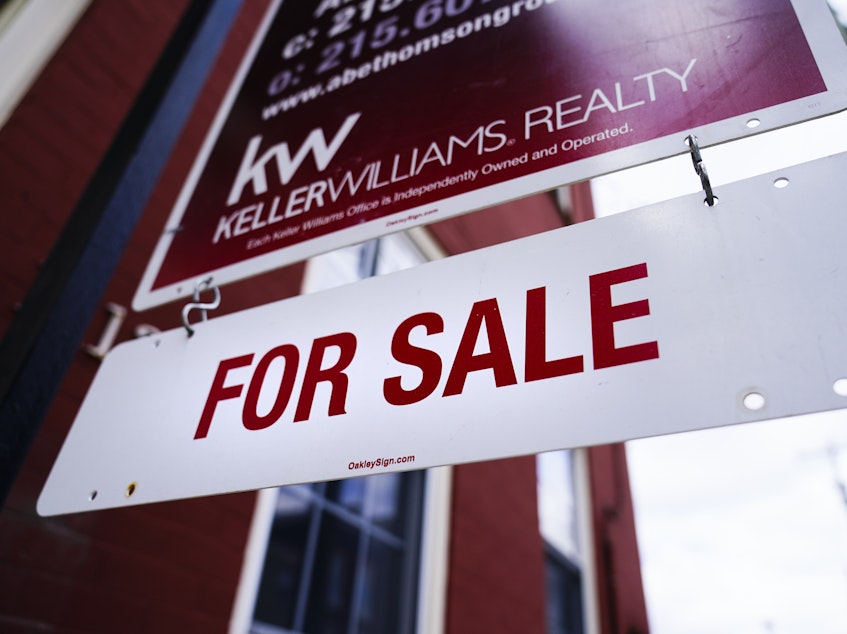First-time homebuyers are getting squeezed out by investors

Record high home prices and low inventory were already making things hard for first-time homebuyers. But new numbers show that investors are driving even more people away from homeownership.
"Investors are coming in and pushing out the first-time buyers," says Lawrence Yun, Chief Economist for the National Association of Realtors. He says the percentage of home sales that went to investors rose to 22% in January, up from 15% a year earlier.
Meanwhile, sales to first time homebuyers fell from 33% a year ago down to 27% in January. Under more normal conditions, first time homebuyers would make up about 40% of sales, says Yun.
There are a couple of forces at play. A historic shortage of homes for sale has been pushing prices higher and resulting in multiple bids on many homes. And that's given a huge advantage to investors and wealthy individuals who can afford to offer cash.
Buyers offering cash made up a full 27% of all sales in January, up from 19% the year before. Sellers prefer cash offers because they're a sure thing. So, Yun says, "first time buyers have essentially zero chance against cash buyers."
Yun says the trend is troubling.
Owning a home has long been the most powerful way most people are able to build wealth in the U.S. "The investors picking up properties at the expense of first time buyers means that there is less chance for realizing the American dream, particularly among moderate income families," says Yun.
Lack of available homes
After the housing market crash and financial crisis of 2008, homebuilding never fully recovered.
Typically, Yun says, the U.S. needs an average of 1.5 million homes to be built every year for supply to keep up with demand, but the U.S. has been below the average for more than a decade. This decline in construction has led to a severe shortage of single family homes, condos, and rental housing.
That historic lack of supply has been steadily pushing up prices. The National Association of Realtors says in January, the median sales price of an existing home in the U.S. rose 15% from the year before to $350,300. Over the course of last year, the typical home rose $50,000 in value.
Recently, homebuilders have been stepping up the pace of construction, which eventually may help.
"We're moving in the right direction. But I would still say that we are short by three or four million housing units in America, so we still need to ramp up supply," says Yun.
A recent Zillow report found that in 481 U.S. cities, the value of a typical home is now at least $1 million. "The number of cities that crossed the $1 million threshold in 2021 is almost triple that of cities reaching those heights in 2020, underscoring a record-setting year of home appreciation," according to the report. [Copyright 2022 NPR]
